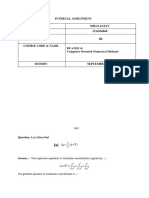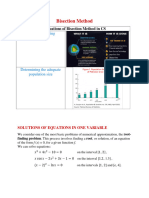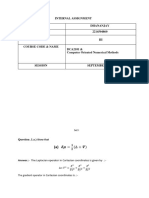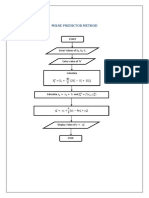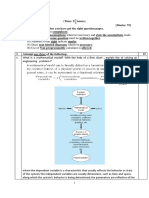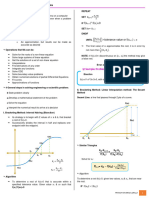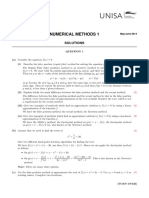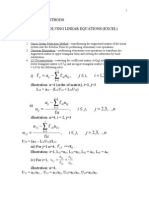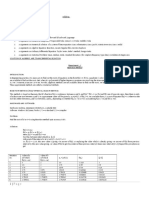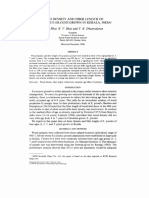0% found this document useful (0 votes)
227 views14 pagesMCSE004 Dec2013 Solution
This document contains the solutions to problems in Numerical and Statistical Computing from December 2013. It includes solutions using various numerical methods like bisection, Newton's method, Gauss elimination, interpolation, and Runge-Kutta. Properties of polynomials are also discussed. The problems cover topics like solving equations, systems of equations, interpolation, numerical integration, and properties of polynomials.
Uploaded by
ajayCopyright
© © All Rights Reserved
We take content rights seriously. If you suspect this is your content, claim it here.
Available Formats
Download as PDF, TXT or read online on Scribd
0% found this document useful (0 votes)
227 views14 pagesMCSE004 Dec2013 Solution
This document contains the solutions to problems in Numerical and Statistical Computing from December 2013. It includes solutions using various numerical methods like bisection, Newton's method, Gauss elimination, interpolation, and Runge-Kutta. Properties of polynomials are also discussed. The problems cover topics like solving equations, systems of equations, interpolation, numerical integration, and properties of polynomials.
Uploaded by
ajayCopyright
© © All Rights Reserved
We take content rights seriously. If you suspect this is your content, claim it here.
Available Formats
Download as PDF, TXT or read online on Scribd
/ 14



